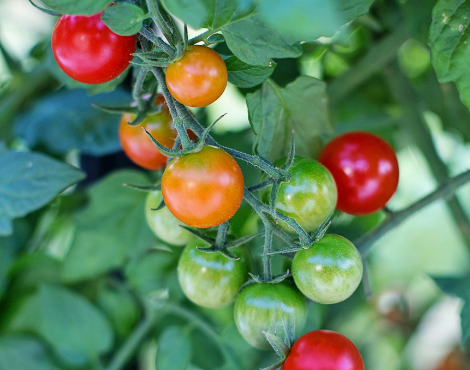
How to Use Liquid Fertilizer
February 3, 2021Most potted and garden plants have no chance to develop without fertilization. Here, soil ecosystems are inadequate for growth. Using artificial nutrients is therefore necessary to make up for the lack of certain minerals.
Effective fertilization requires knowledge, which is difficult for beginners in gardening. What is liquid fertilizer? Liquid fertilizer is a suitable solution if you want to give your plants a healthy appearance. Looking for the best organic liquid fertilizer for hydroponics? Discover the other advantages of this product and find out how to use a liquid fertilizer in this blog post.
How to use a liquid fertilizer on plants
We often grow potted flowers at home. In the wild, they grow in completely different conditions:
- On the slopes of the Chinese mountains
- Among Mexican fields
- In the Madagascan sun
- In the crystal clear fields of Siberia
In order for them to develop nicely, it is necessary to provide them with nutrients that would have been naturally present in the soil.
The natural liquid fertilizer for plants contains a mixture of several micro and macroelements. These are essential for the development of all plants. Among them are:
- Phosphorus
- Nitrogen
- Potassium
- Magazine
- Calcium
- Sulphur
- Iron
- Zinc
- Copper
- Molibdenum
- Chlorine
The concentration of ingredients in the liquid houseplant fertilizer is balanced carefully. This is to ensure that almost all plants receive optimal nutrition. Choosing another type of liquid fertilizer for plants can help achieve a much more specific purpose.
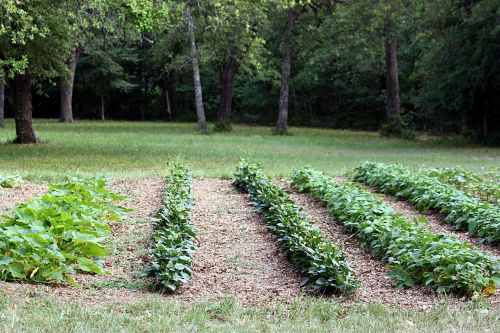
How wide is the application of the best liquid fertilizer on the market? How should you use it so as not to harm the plants? In this article, you will learn the answers to these questions and more.
Types of liquid fertilizer
Due to a particular active ingredient in the fertilizer, the application of different products may differ. This is why liquid multicomponent fertilizers are divided into:
- Soil – applied to the soil, they quickly enter the root system and are absorbed
- Foliar – the fertilizer contains an additional substance of protective or stimulating nature, so you can use a sprayer on the plant surface
The liquid soil fertilizer provides the plants with the basic nutrients necessary for growth. The foliar fertilizer, on the other hand, can make the plants resistant to fungal diseases. It is recommended to use both types interchangeably, except for a liquid tree fertilizer or a liquid tomato fertilizer.
How to apply liquid fertilizer to plants?
You can apply liquid fertilizers in different ways. It depends on whether you want to act through the soil or through the foliar, namely:
- Flat jet nozzles method – if you are performing a foliar treatment, but the fertilizer has a partial effect through the soil
- Coarse-droplet spray method – then the fertilizer acts primarily through the soil
- Filling hoses method – acting through the soil
Organic liquid fertilizer
Organic fertilizers for potted flowers work quite slowly. This means that applying them will not save a plant that is already dying. But if you use them regularly when the plant is in bloom, they will work well.
By watering the newly sown plants with diluted slurry, you will immediately give them strength for proper growth. They will be better able to deal with diseases and pests.
With a stronger concentrate of nutrients, you can water plants with a well-developed root system. These are the ones that have been growing in the garden or pot for several years now. This is especially true during their flowering and fruiting period. It helps to provide the plant with more nutrients, which in liquid form are very easy to take up immediately.
Which plants will enjoy the liquid fertilizer the most?
You can apply an agricultural liquid fertilizer to all plants. There is one general rule:
For plants with a poorly developed root system, dilute the fertilizer to the color of a weak tea. For plants with a well-developed root system, dilute it to the color of a strong tea.
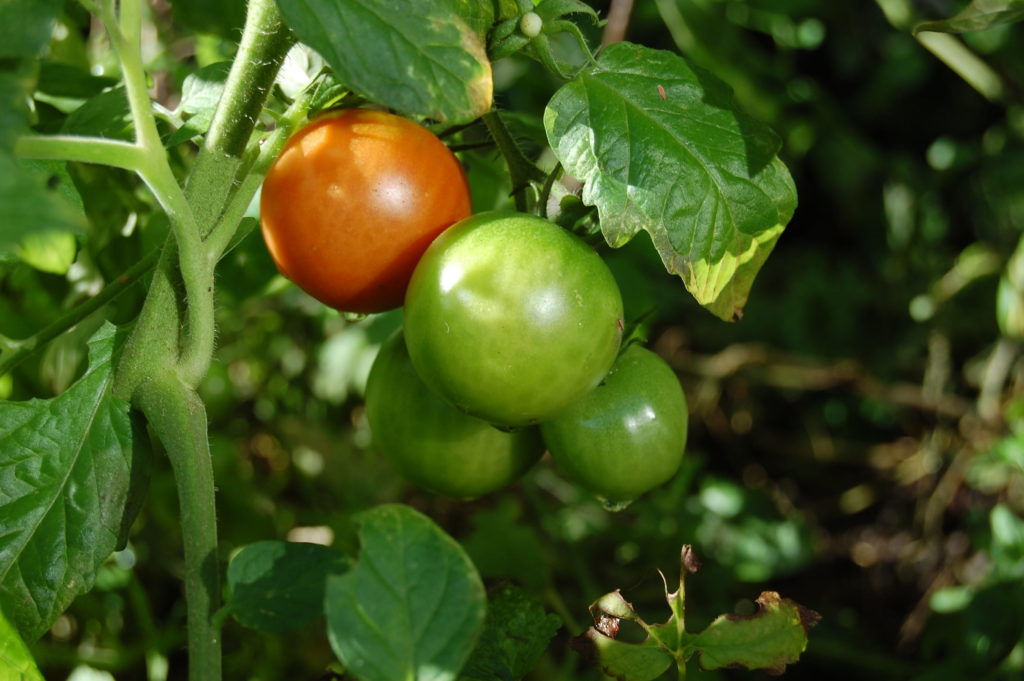
It’s a great nutrient for the following plants:
- Young flower and vegetable seedlings
- Flowering plants, vegetables in a later and ‘yielding’ phase of growth
- Newly planted perennials, ornamental trees, and shrubs
- Decently rooted perennials, ornamental trees, and shrubs during flowering
- Newly planted fruit trees and bushes
- Several years old or older fruit trees and shrubs, especially during heavy fruit harvesting
Liquid fertilizer for flowers
Liquid fertilizer for plants must have specific nutrients. They can’t be over-fertilized with nitrogen, but need a lot of phosphorus and potassium. These two components are responsible for the color and size of the leaves, as well as the rooting. The latter allows the plant to keep more flowers longer.
You can use these types of preparations and items for ornamental plants with flowers that bloom all year round, such as:
- Cyclamen
- Winged
- Anthurium
You can also use them for seasonal plants such as:
- Kalanchoe
- Azaleas
Balcony plants also enjoy this fertilizer, such as:
- Geraniums
- Surfins
The ornamental species from the leaves need a different liquid fertilizer. Among them are:
- The cohort
- Royal begonia
- Aglaonema
- Guinea Sanseille
Here, nitrogen is important for the leaves to be large and pretty, and an increased dose of magnesium. Thanks to it, the plant will be beautifully colored. It’s also the case with a liquid fertilizer for vegetables or a liquid fertilizer for gardens.
Liquid lawn fertilizer
Liquid fertilizer for grass has the shortest effect of all. You should apply it every couple of days. When using the liquid grass fertilizer, it is worth remembering to measure the amount of the liquid lawn fertilizer concentrate with care. This will reduce the risk of over-fertilizing the plant. This can cause discoloration or empty spots on the grass.
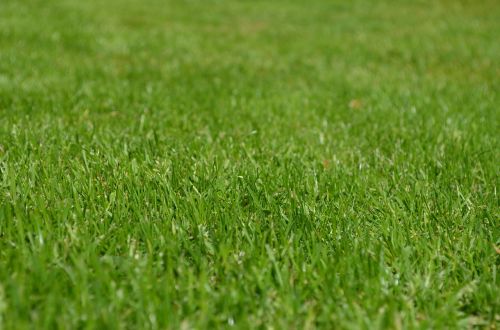
With liquid fertilizers, you must beware of their tendency to delamination. This is the precipitation of minerals from the liquid during long periods of non-use. If you use stratified fertilizer, it will either fail or lead to discoloration in the grass. Usually, it is enough to shake the fertilizer bottle to make the substance homogeneous.
Also, the liquid fertilizer should be stored at ambient temperature. Too low or too high a temperature can lead to the loss of their nutritional properties, even when using the best liquid fertilizer for lawns.
When to fertilize the lawn?
It is recommended to fertilize the lawn from March to October. The plant needs it during the whole vegetation period, except for months when you can expect frost.
What signals indicate to use the liquid fertilizer for lawns as soon as possible?
- A lot of dried, ligneous stalks on it
- Yellow discoloration appears on the lawn
- The grass grows in clumps, unevenly
- Signs of disease or mold on the grass
When to use liquid fertilizer?
During the vegetation period of the lawn you can determine three crucial moments when fertilization is most needed by the plants and when it will bring the best results:
- Spring – stimulating growth after the start of the vegetation of plants
- Summer – care, drought prevention, and weed removal
- Autumn – strengthening the grass before winter
Sierra Natural Science offers the best liquid lawn fertilizer on the market. They also sell organic granular fertilizers.
Mineral fluids
Mineral fluids are mostly strong concentrated liquid fertilizers with a quick time of action. It’s associated with very fast absorption. The active substances are usually already in a form ready to be assimilated, i.e. as chelates or pure chemical compounds. Therefore, such fertilizers are used to save a damaged plant that needs rescue.
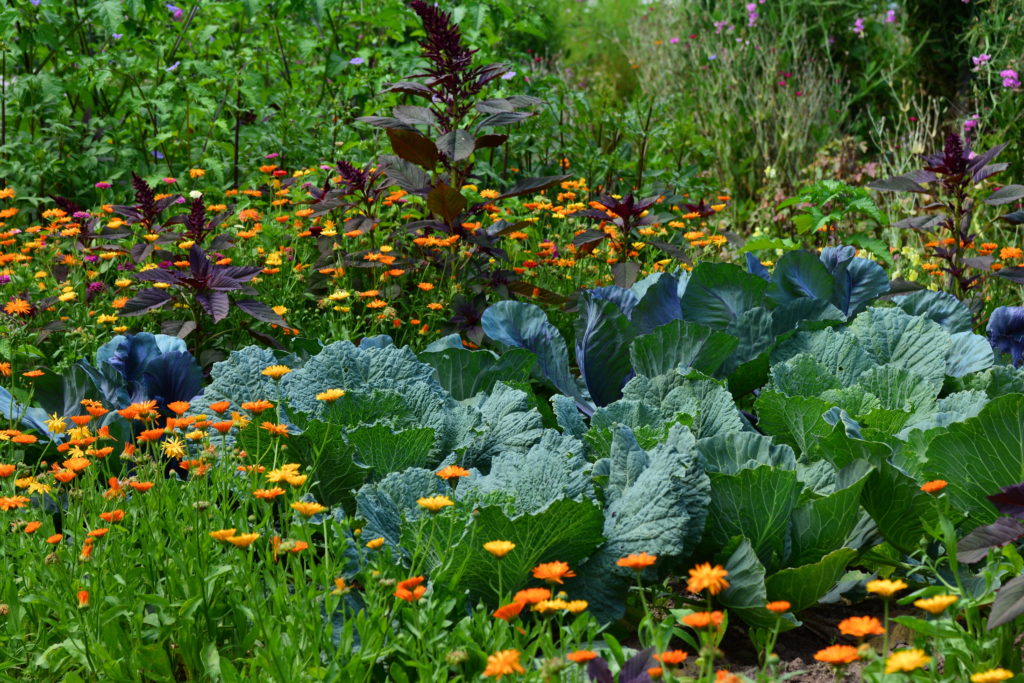
The composition of liquid fertilizer can be very carefully controlled at the production stage. This makes it particularly useful in the nutrition of a particular species or class of plants:
- Grass fertilizer: it contains growth regulators, rarely changes the soil pH, but can contain simple compounds that have allelopathic negative effects on dicotyledonous plants, making the lawn immediately cleaner
- Conifer fertilizer: a design that controls the pH of the soil and speeds up the absorption of minerals at higher acidity
- Geraniums fertilizer: it controls the pH and contains compounds that promote the production of substances responsible for flowering
- Hydrangea fertilizer: it can vary the pH, which affects the color of the flowers, but is distinguished by a high concentration of compounds that affect the effectiveness of photosynthesis and absorption of phosphorus compounds, because this allows the formation of larger, fuller flowers
- Rose fertilizer: quite a specific fertilizer that norms the pH and improves the structure of soil complexes
- Surfinery fertilizer: primarily a fertilizer with a higher content of phosphorus and compounds that increase the assimilation of phosphorus, which is essential for the formation of fuller flowers.
Universal liquid fertilizer for potted plants
Multicompound liquid fertilizers work particularly well for potted plants—whether at home, in the garden, or on the balcony.
Nutrition of potted plants with the best organic liquid fertilizer for vegetables or other crops is relatively safe. If the gardener follows the grower’s recommendations, the plants are not in danger of over-fertilizing. They just won’t settle in the ground and absorb quickly. The liquid fertilizer for food plots is especially careful with the dose of nutrients.
Instructions for using liquid fertilizer
There are still many ways to classify liquid fertilizers, but you have to choose the right one. To do this, you should first check whether there is a dedicated fertilizer for the species. Second, match the fertilizer to the life of the plant:
- For growth
- For flowering
- For helping to save a poor-looking flower
Finally, it is worth recalling the rules of use of liquid fertilizers.
- The bottle of fertilizer should be in a shady place
- Don’t use out-of-date fertilizers – at best, the substance won’t work, at worst, it will affect the growth of the plant
- To make the absorption of nutrients even more effective, water the substrate of the plant properly before applying the fertilizer
Where to buy liquid fertilizer? Sierra Natural Science!
Sierra Natural Science offers a liquid organic fertilizer that is recommended for any plant cultivation. The liquid fertilizer concentrate contained in it is exclusively of plant origin and is obtained from food and feed production.
Bloom (NPK 1-3-5)
1 Gallon
Perfect Mix™ Bloom
1 Gallon Concentrate
Perfect Mix™ Bloom provides nutrients, natural plant extract & minerals for the reproductive growth stage of the plant (Flowering and Fruiting). Combine Perfect Mix™ Bloom with Perfect Mix™ Grow & Perfect Mix™ Micro to provide a specialized nutrient system for rapidly growing plants during all phases of the growth cycle.
Sierra Natural Science fertilizers:
- Activate microorganisms living in the soil
- Improve its quality
- Facilitate the intake of appropriate nutrients
- Are safe for the environment, people and animals
The roots become stronger and the plants become healthier and stronger. It ensures high and healthy vegetable yields. Get yours today!

